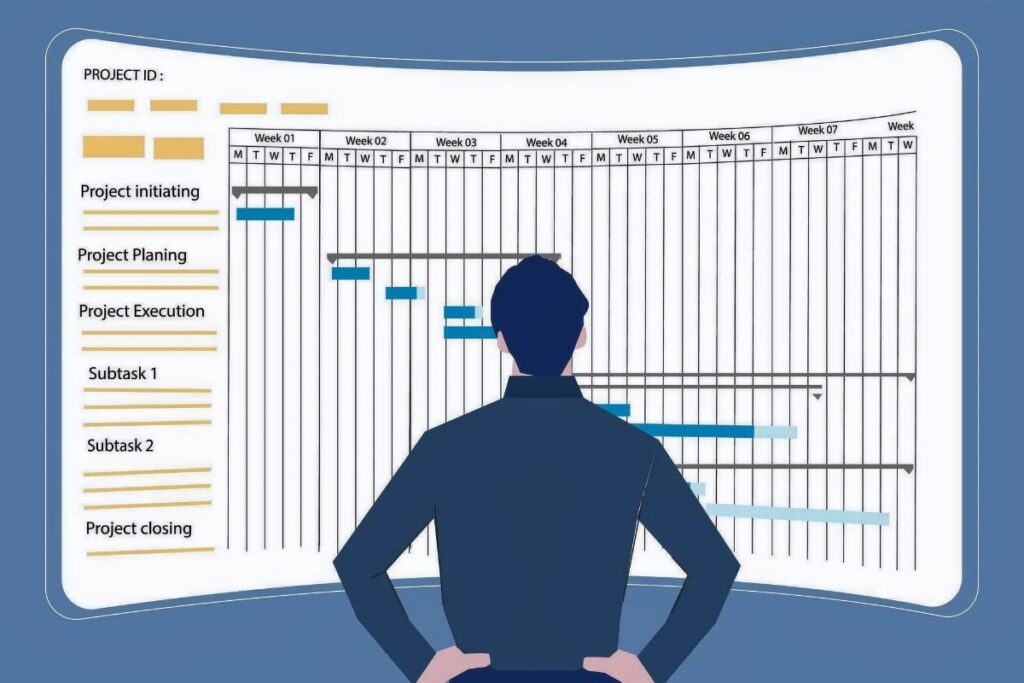A Tale of Two Speeds
Back in 2019, I was managing a data integration initiative for our upstream systems. The field hardware team ran on waterfall — rigid specs, fixed milestones. Meanwhile, the software team back in Houston was using Agile — sprints, demos, and standups. Between them? Weeks of misalignment, idle time, and a few heated calls I can’t quote here.
The problem wasn’t methodology. It was flow.
That’s when I turned to Drum-Buffer-Rope (DBR) — a scheduling approach from the Theory of Constraints that aligns teams of different speeds without wasting capacity. It’s not common in IT, but it should be.
What Is Drum-Buffer-Rope?
Drum-Buffer-Rope (DBR) is a TOC-based scheduling method originally designed for manufacturing. Here’s the metaphor:
- Drum = the constraint that sets the pace of the system
- Buffer = a time cushion protecting the constraint from disruptions
- Rope = a signal or mechanism that controls the release of work into the system
Think of it like this:
The drum keeps the beat, the buffer absorbs the chaos, and the rope prevents overload.
In a project context, DBR aligns multiple teams and processes by identifying the system constraint and orchestrating everyone else around it.
The Hybrid Challenge
Hybrid Agile-Waterfall projects are a reality. Especially in industries like oil & gas, infrastructure, or defense. Hardware tends to follow sequential lifecycles. Software adapts quickly. Toss in cybersecurity, regulatory gates, or external vendors — and you’ve got a hybrid stew.
The main pain points?
- Different planning cadences
- Misaligned dependencies
- Unclear delivery pacing
- Idle resources or work piling up
That’s where DBR comes in.
Applying DBR in Hybrid Projects
1. Find Your Drum
In every hybrid project, there’s one true constraint. It might be a system integration, a regulatory signoff, or a final testing window. That’s your drum. Everything else should synchronize to its rhythm.
In our 2019 case:
- The field device certification (handled waterfall-style) was the constraint.
- Software could sprint all it wanted, but nothing shipped until that hardware was cleared.
So we made hardware our drum.
2. Build Your Buffer
Buffers are time cushions placed before the constraint to absorb variability. This isn’t padding. It’s strategic.
Types of buffers:
- Project Buffer: sits at the end of the project schedule
- Feeding Buffers: sit before dependent chains that flow into the constraint
In our case:
- We added a 10-day feeding buffer before field validation to catch integration bugs early.
- This gave the software team space to adjust without stalling the drum.
3. Tie the Rope
The rope is your control mechanism. It paces the release of work based on the drum’s capacity.
In hybrid setups:
- The rope is often a milestone gate, API release, or sprint alignment point.
- It ensures teams don’t flood downstream processes that can’t absorb more work.
We implemented a simple rule:
Software sprints would release incrementally, but only push code to field staging after each hardware team demo passed system-level smoke tests.
DBR vs. Traditional Scheduling
| Element | Traditional PM | Drum-Buffer-Rope |
|---|---|---|
| Work Release | Based on team readiness | Based on system constraint |
| Buffer Use | Slack or contingency | Strategic flow protection |
| Task Prioritization | Parallel optimization | Constraint-focused |
| Risk Management | Risk register | Buffer + real-time adjustment |
The Results
After adopting DBR in the hybrid rollout:
- We reduced idle handoff time between software and field teams by 32%
- Project finished 9 days early
- Stakeholder trust increased (no more mystery delays)
Most importantly, the teams stopped blaming each other. They started respecting the constraint.
Tips for PMOs Implementing DBR
- Map the full workflow — end-to-end, across methodologies
- Name the constraint — not every delay is your bottleneck
- Visualize buffers — make them explicit in your Gantt or Agile board
- Train the team on flow — this isn’t just a PMO tool; it’s a mindset
- Measure throughput — don’t just measure task completion
Final Thought
Drum-Buffer-Rope is about realism. In hybrid projects, you don’t need perfect harmony — just a common rhythm. Find the drum, protect it, and make sure everyone dances to the same beat.
Don’s Rule: In hybrid projects, flow is your friend. Methodology is just the choreography.



